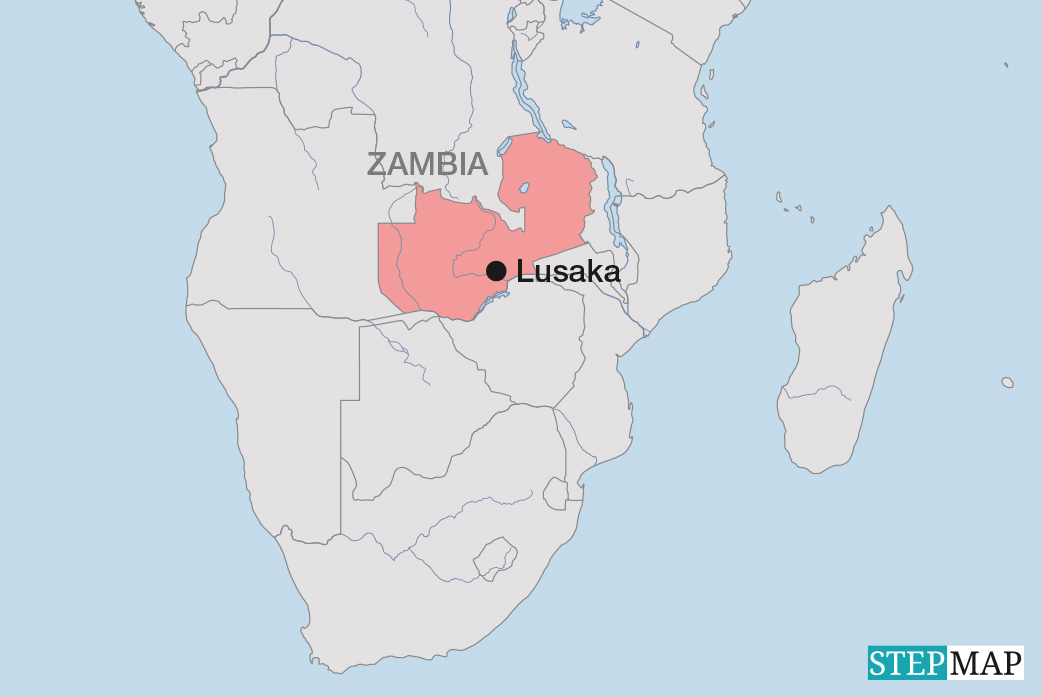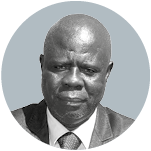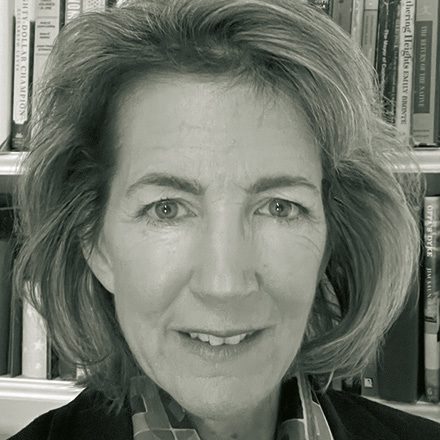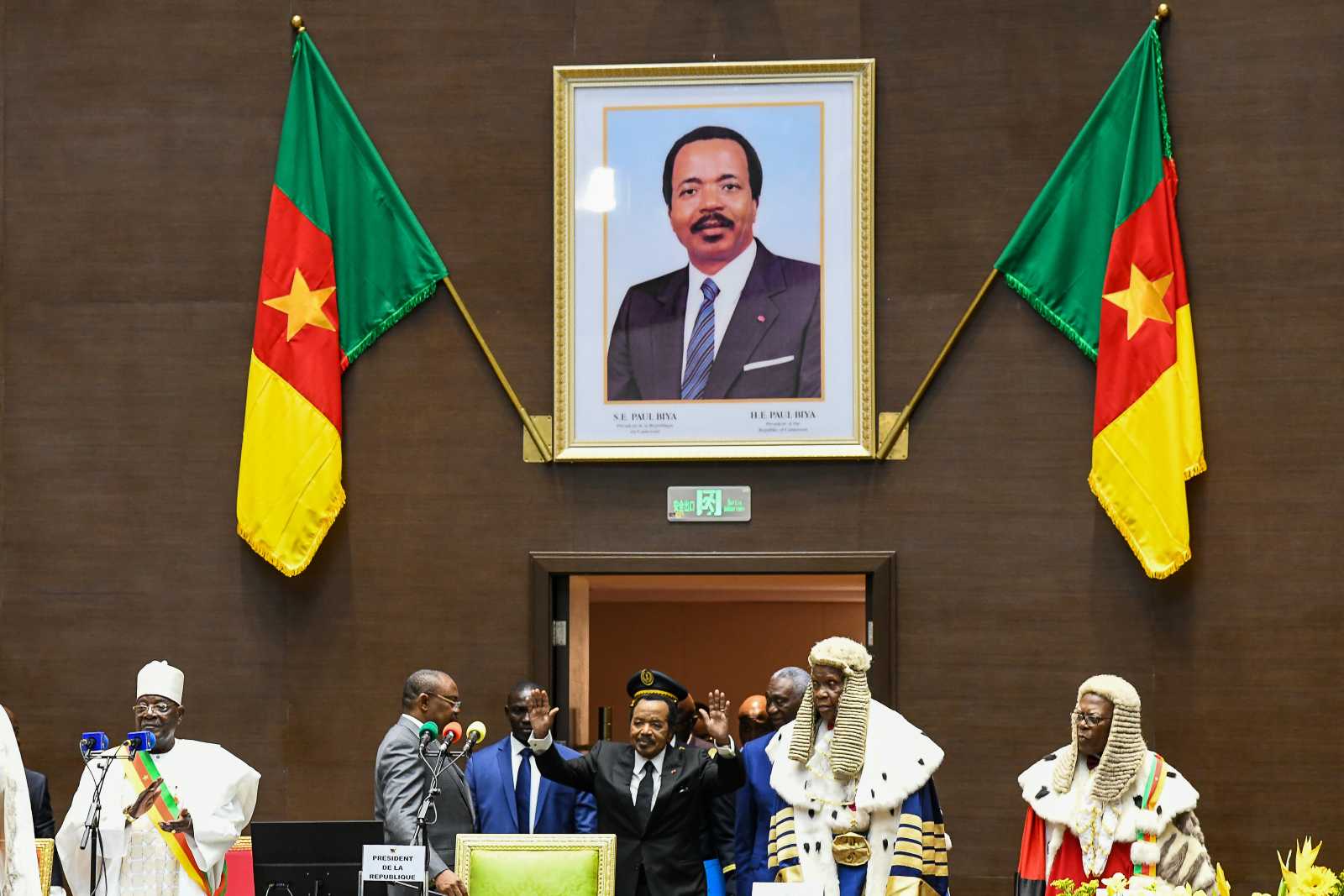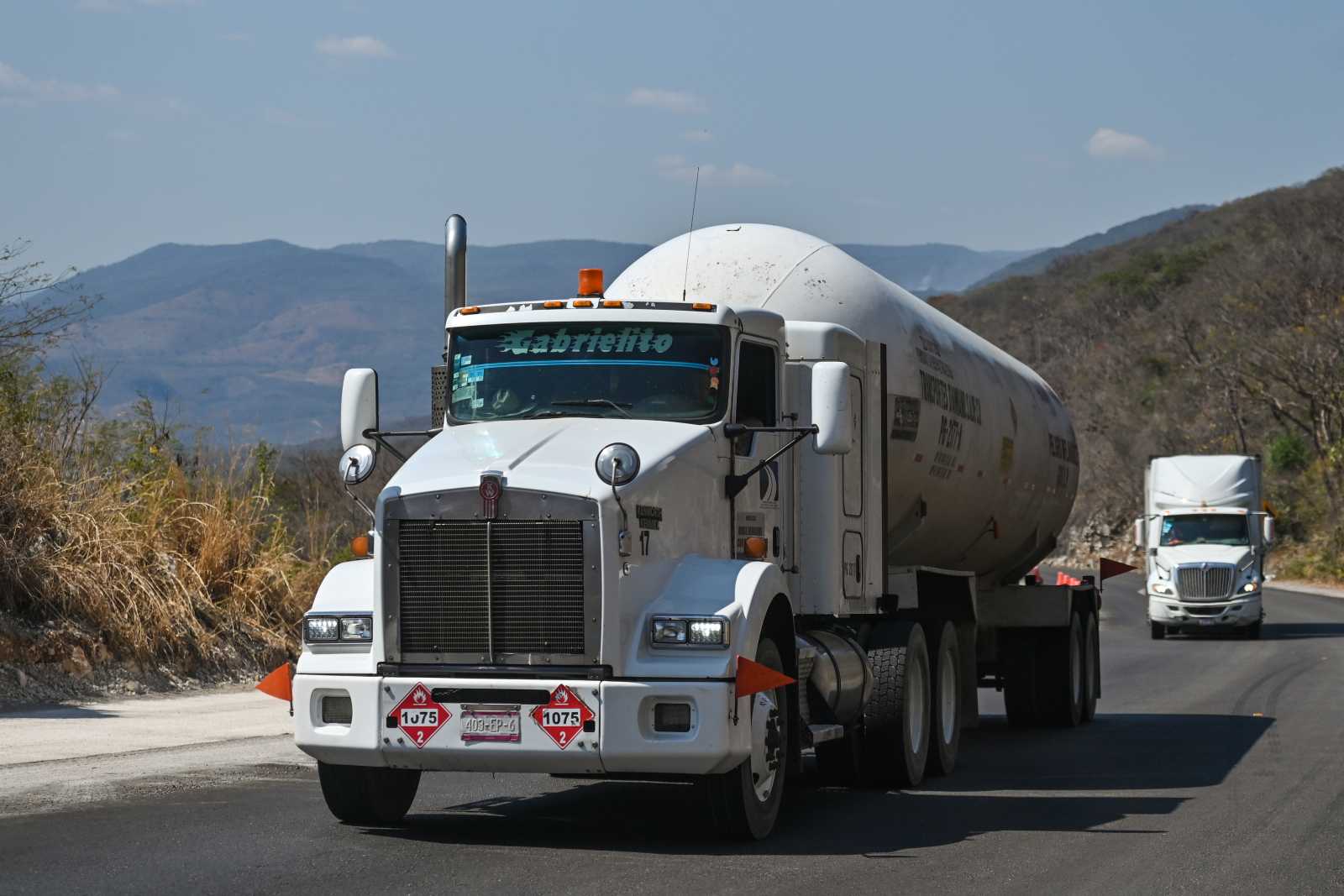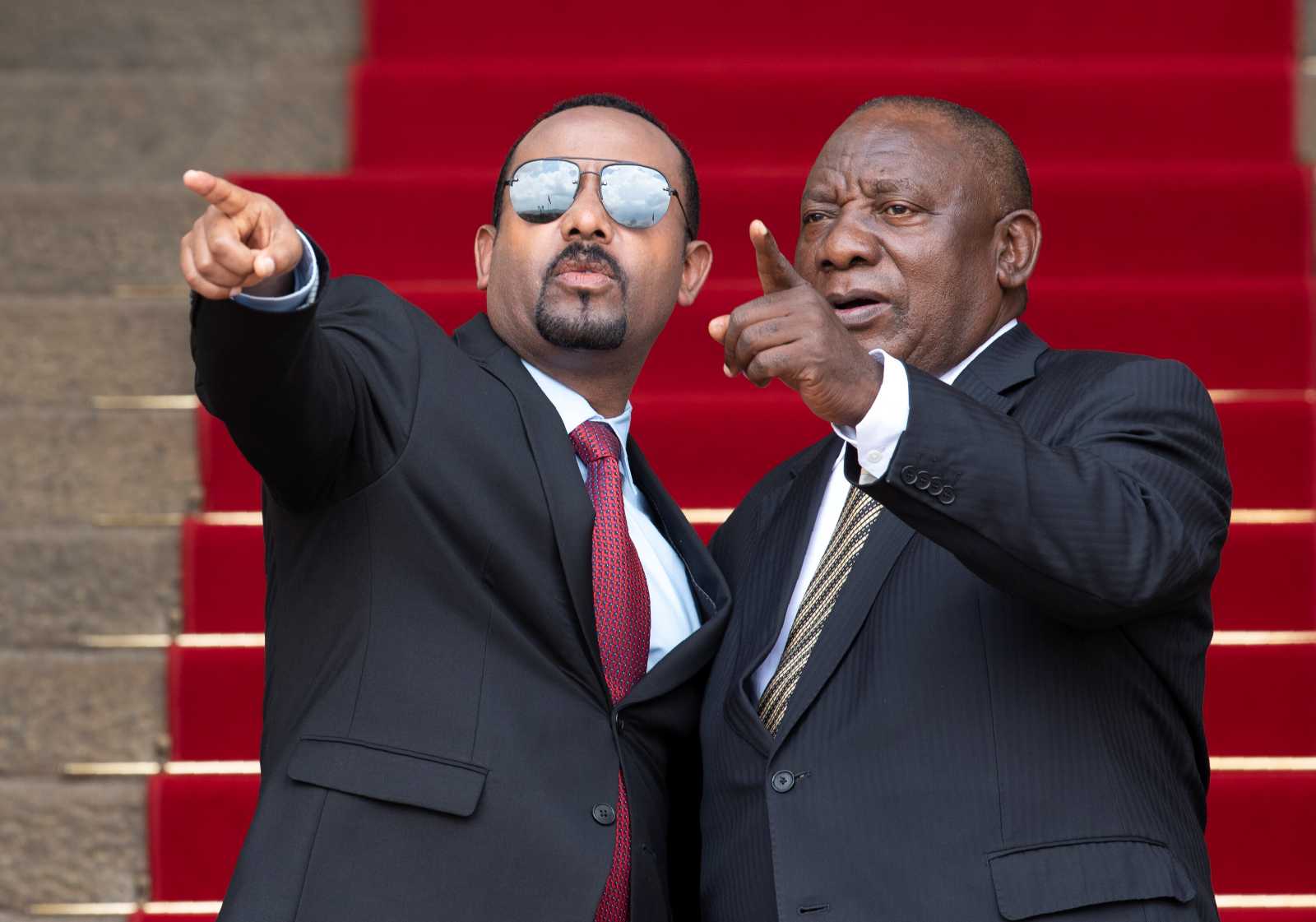Energy supply
Zambia supports $ 50 billion funding pledge to expand energy access in Africa
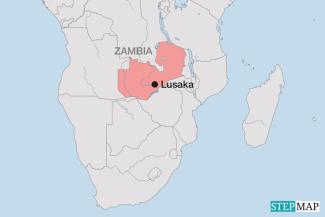
30-year-old Enock Gondwe tries to smile as he holds his welding machine, hoping to finish his work and get paid before the next power cut. But behind his urgency lies frustration. Frequent electricity outages are threatening his small metal-fabrication business, which depends entirely on power from Zesco, Zambia’s main utility company.
“My business depends on a constant power supply, and it’s sad that power comes on at 5 am for just two hours before it goes out again. I rely on this work to support my family,” Gondwe says. Gondwe is a school dropout and has worked hard to build a livelihood through his artisanal skills. He operates along Alick Nkhata Road in Kalingalinga, an area of Lusaka known for its small-scale metal fabricators.
Charles Sakala, a 40-year-old barber from Mtendere township, shares a similar struggle. He had to close his shop as he depends on electric hair clippers. When the power comes back late at night, there are no customers.
Both men are affected by Zambia’s ongoing power crisis. Electricity generation in the country is dominated by hydroelectric plants with a share of 82 % in 2024, according to the Ministry of Energy. While hydro energy is climate-friendly, Zambia’s dependence on water from the Zambezi and Kafue rivers is proving unsustainable in terms of reliability. The droughts of recent years have reduced water levels and thus led to power shortages.
International funding confirmed for reliable energy – and economic growth
Zambia is therefore looking to regional and international partnerships. At the recent Mission 300 Africa Energy Summit in Tanzania, leaders secured $ 50 billion in pledges from global partners to expand energy access across the continent by 2030. The funding forms part of a broader $ 90 billion plan to connect 300 million people to electricity. Thirty African heads of state committed to reforms aimed at boosting renewable energy, attracting private investment and improving utility performance.
“In our quest to woo more energy investment and grow our economy in general, we held bilateral meetings with various private sector global entities,” President Hakainde Hichilema said after the summit. He emphasised that energy is essential for economic growth and highlighted Africa’s shared commitment to renewable energy.
Hichilema also pointed out that around 685 million people across Africa still lack reliable electricity access – a pressing challenge for the continent. Zambia, along with 11 other countries including Chad, Côte d’Ivoire, the DR Congo, Nigeria and Tanzania, presented national energy plans focused on expanding electricity access, increasing renewable energy use and attracting private capital. These plans set time-bound targets, backed by data and endorsed at the highest political levels. They prioritise affordable power generation, grid expansion, regional integration and clean cooking solutions. The plans also make use of satellite and electronic mapping technologies to identify cost-effective ways to reach underserved communities.
Supporters from all over the world
Major financial institutions, including the African Development Bank (AfDB) and the World Bank, have pledged significant funding. The Agence Française de Développement (AFD) and the Asian Infrastructure Investment Bank (AIIB) made considerable pledges, too. However, Mission 300 not only brings together governments and development banks, but also the private sector and philanthropies. Together, the initiative could change the future of Enock Gondwe, Charles Sakala and hundreds of millions of other Africans.
Derrick Silimina is a freelance journalist based in Lusaka, Zambia.
derricksilimina@gmail.com




